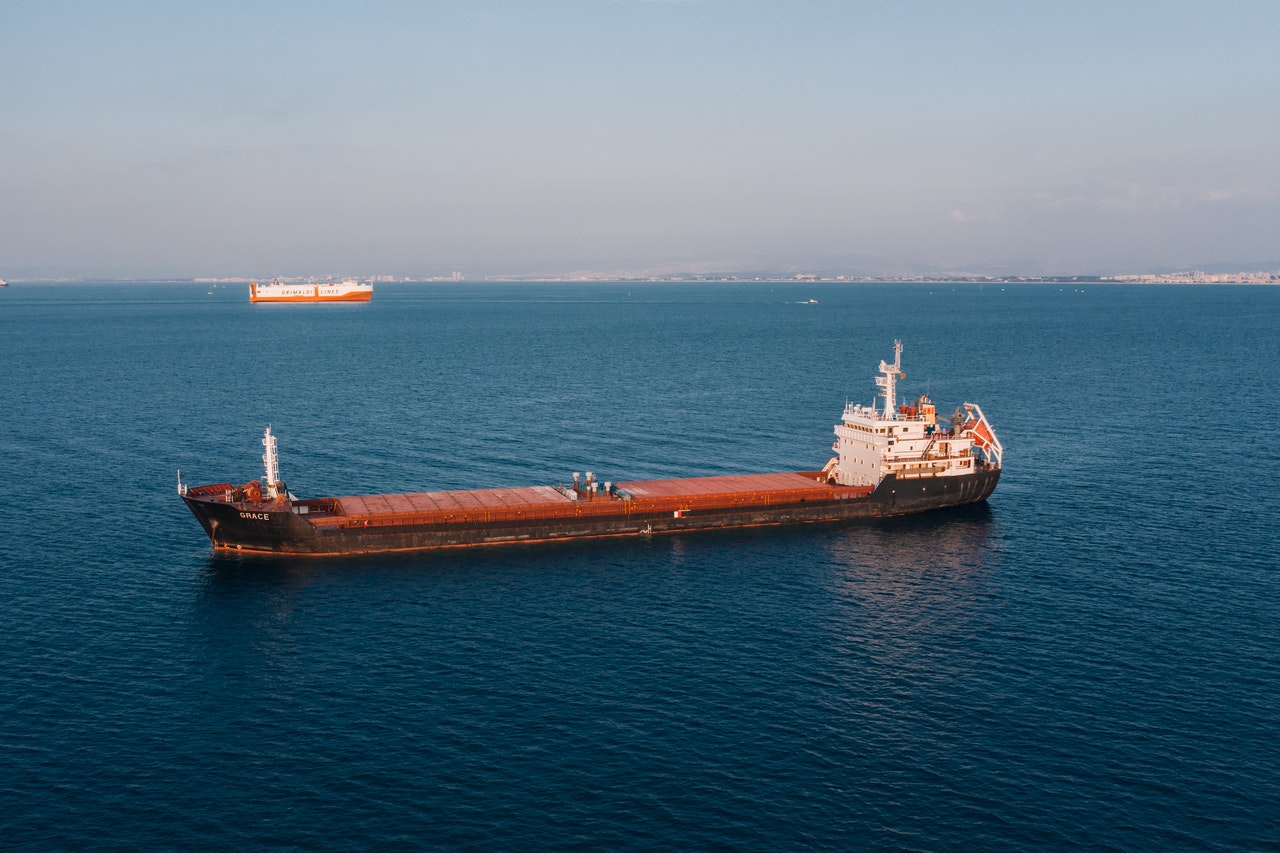Supporting 90% of trade worldwide, the sector plays a crucial role in the continuation of the global economy and was a lifeline during the Covid-19 pandemic when air travel ceased. With the maritime industry playing such a vital role in our lives, you may be questioning just how environmentally sustainable the sector is, as well as the ways in which we can improve it as a whole.
Sustainability is a hot topic in the maritime industry. Although the environmental performance of ships and vessels has not always been a key priority, the recent push for more environmentally friendly infrastructure in the transportation sector could mean that the spotlight will soon be shone on the maritime industry.
So how environmentally friendly is the maritime industry? And how can we approve its sustainability without harming the global economy?
Sustainability in the maritime industry
Approximately 2.5% of the world’s yearly greenhouse gas (GHG) emissions are attributed to the shipping industry, which annually produces around 940 million tons of CO2. Although the maritime industry carries significantly less environmental impact than other sectors, change is still required due to the sheer magnitude of the sector itself. For example, over 85% of trade to and from the UK is transported by sea, by the maritime sector.
That’s not to say that the industry isn’t already implementing more environmentally sustainable practices. From marine conversion and refit services to the elimination of single-use plastic on board, there are a number of existing initiatives already in place.
Single-use plastic
It is perfectly logical that the maritime sector itself should be one of many industries driving initiatives that will preserve our oceans given that an estimated 33 billion pounds of plastic end up in our marine habitats each year.
Many maritime companies have already made the switch to more environmentally friendly drinking solutions at sea, including finding more sustainable ways to distribute drinking water onboard a vessel. This involves reducing the use of single-use plastic by implementing new assets including the installation of water units and other infrastructure onboard, offering reusable water bottles at sea and the procurement of more filtration stations.
A transition to renewable energy
The International Maritime Organization (IMO), an agency affiliated with the United Nations, made a commitment in 2008 to reduce the total annual greenhouse gas emissions from shipping by at least 50% by 2050. This is why the use of wind power is once again being investigated in a variety of ways, which is calling for the implementation of brand-new tools, technologies and operational procedures to make it happen.
For instance, cutting-edge technology is already being used to create modern hybrid container ships that will once again utilise the energy of the wind, much as our forefathers did a little over a century ago. As a result, conventional sails constructed of considerably stronger, lighter materials may be the future of the marine industry.
Conversion & refit services
The terms conversion and refit are particularly popular buzzwords in the maritime industry right now, with many owners/operators opting for maritime conversion and refit services over new builds.
As the name suggests, a conversion and refit service is the alteration of an existing vessel. It’s a highly complicated process that requires stringent project management and usually entails upgrading, lengthening or repowering an existing vessel for the purpose of modernising a vessel – or in this case, implementing more environmentally sustainable infrastructure onboard.
Your conversion and refit will differ depending on the type of vessel that requires servicing, as well as what it requires. During a conversion, a vessel will be converted, upgraded or repurposed to perform a new role. A refit, on the other hand, is where older equipment and infrastructure are replaced meaning the structure of the vessel remains largely unchanged. There is also the term green retrofit which is the refurbishment of an existing vessel or ship for the purpose of making it more sustainable, efficient and better for the environment
What is green retrofitting?
A green retrofit is essentially an effort to lessen a vessel’s carbon footprint and future-proof it for the purpose of making it more environmentally sustainable and efficient. The adjustments made during the green retrofit process range from smaller projects to major refurbishments that overhaul the infrastructure of the entire vessel.
There are no set criteria defining what constitutes green retrofitting. This is due to the fact that the refurbishment and adjustments made will depend on the particular vessel specifications, the difficulties encountered and the end goal of the project.
Traditionally in the maritime sector, new builds have typically been less expensive and more straightforward than conversion, refit and retrofit projects.It is these challenges that in the past, have deterred the maritime industry from converting, refitting and retrofitting existing vessels. However, it’s important to remember that these services can achieve environmental sustainability with a series of smaller, more cost-effective projects and do not necessarily require a massive overhaul. These days, you don’t need to build a brand new vessel to achieve environmental sustainability.
Final thoughts
Although the marine industry’s environmental performance has never truly been questioned in the past, it won’t be long before the sector is in the news. The revolution is already here, and with large and small businesses alike implementing more environmentally sustainable practices in their operations, it’s obvious the future is green.
It goes without saying that the marine industry must embrace environmentally sustainable processes if it hopes to future-proof its operations and contribute to the preservation of the planet. It could be as straightforward as switching out single-use water bottles with high-quality, reusable ones or as complex as a full green retrofit of your vessel. Either way, there’s been a better time to make the switch.



 Bitcoin
Bitcoin  Ethereum
Ethereum  Tether
Tether  XRP
XRP  Solana
Solana  USDC
USDC  TRON
TRON  Lido Staked Ether
Lido Staked Ether  Cardano
Cardano  Avalanche
Avalanche  Toncoin
Toncoin